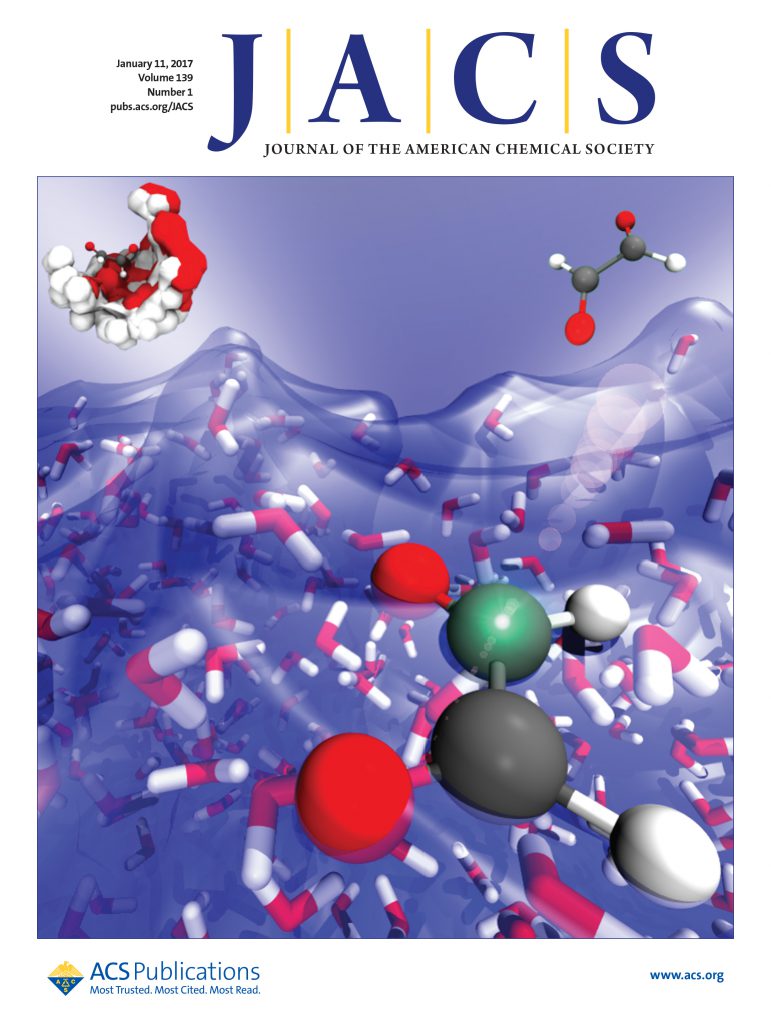Photocatalyst-Dependent Enantioselectivity in the Light-Driven Deracemization of Cyclic α-Aryl Ketones
IF 14.4
1区 化学
Q1 CHEMISTRY, MULTIDISCIPLINARY
引用次数: 0
Abstract
We report a photoredox-enabled deracemization of cyclic α-aryl ketones that occurs with high stereoselectivity and yield and proceeds by mechanistically distinct proton transfer reactions. This reaction is jointly mediated by a visible-light photocatalyst and a chiral phosphate base cocatalyst under blue light irradiation. Notably, the extent of deracemization for this reaction exhibits an unexpected dependence on the identity of the photocatalyst and the concentration of a chiral base cocatalyst, wherein the extent of deracemization can be increased by employing photocatalysts with more positive ground-state reduction potentials, raising the concentration of the chiral base cocatalyst, or by a combination of these factors. This effect is attributed to two competing processes, back-electron transfer and deprotonation, which consume the same reaction intermediate, and we propose a kinetic model that rationalizes this behavior. We also demonstrate that the redox properties of the photocatalyst impact the stereoselectivity of the product-forming step, which is the dominant stereoselective step in this transformation. Together, these mechanistic insights facilitate a deeper understanding of the complexity of light-driven deracemization reactions involving reversible electron transfer and suggest approaches by which the stereoselectivity of these processes may be increased.

求助全文
约1分钟内获得全文
求助全文
来源期刊
CiteScore
24.40
自引率
6.00%
发文量
2398
审稿时长
1.6 months
期刊介绍:
The flagship journal of the American Chemical Society, known as the Journal of the American Chemical Society (JACS), has been a prestigious publication since its establishment in 1879. It holds a preeminent position in the field of chemistry and related interdisciplinary sciences. JACS is committed to disseminating cutting-edge research papers, covering a wide range of topics, and encompasses approximately 19,000 pages of Articles, Communications, and Perspectives annually. With a weekly publication frequency, JACS plays a vital role in advancing the field of chemistry by providing essential research.

 求助内容:
求助内容: 应助结果提醒方式:
应助结果提醒方式:


